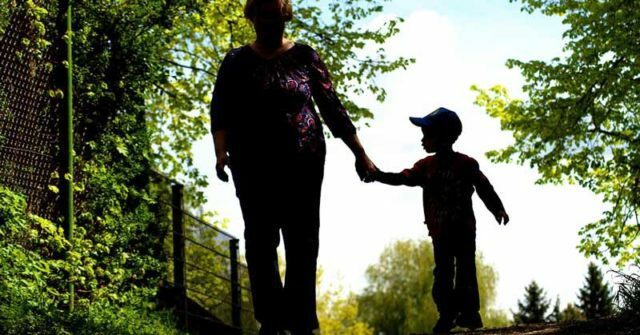
Page contents
- 1 Symptoms of rheumatoid arthritis in children of different ages
- 2 Methods for diagnosing the disease
- 3 Treatment of juvenile rheumatoid arthritis in children
It is believed that joint damage is characteristic of the adult population. Currently, joint disease can also be diagnosed in children. This happens rarely, but it does happen. Rheumatoid arthritis in children is one of the most common diseases. Development of the disease at a young age in the future can lead to early disability of a person.
Juvenile rheumatoid arthritis , a disease that can develop at any age. It should be noted that such damage to the joints occurs under the influence of autoimmune mechanisms. For some strange reason, the body begins to produce antibodies to its cells, which leads to activation of the process.
It should be noted that such processes rarely pass isolated, that is, with the defeat of only the joints, may not immediately, but over time, damage occurs to other internal organs, which aggravates the process. As a rule, the damage to the joints by the rheumatic process is not associated with trauma.
Statistics show that girls are more likely to suffer than boys. The activity of the process is individual. It depends on the age of the patient when the debut of the disease, on how often the child is sick, on the immune system and many other factors.
The main causes of the development of the disease: 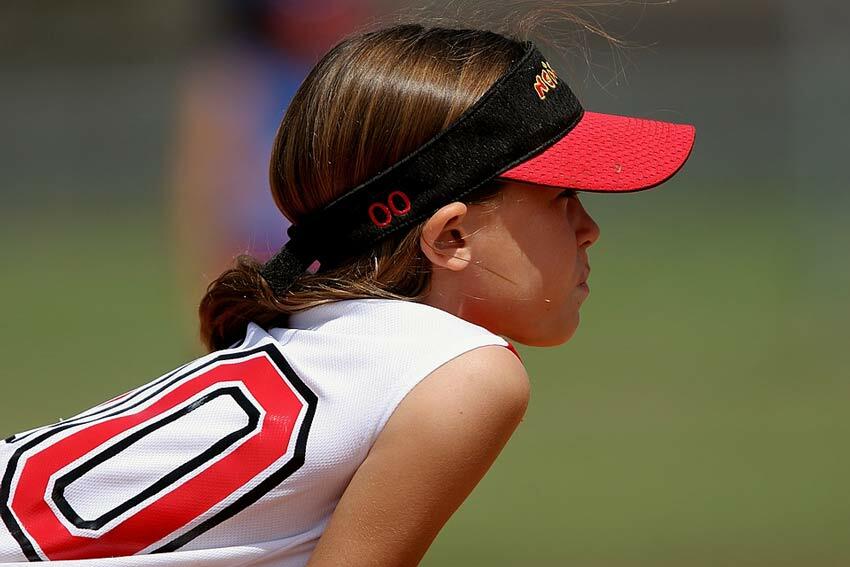
- frequent exacerbation of viral or bacterial infection;
- hypothermia or vice versa prolonged exposure to the sun;
- vaccination;
- changes in the hormonal background especially during puberty;
- other disorders of metabolic processes in the body;
- hereditary predisposition;
- stressful situations;
- getting injured.
The given reasons can act both separately, and together. If the family has relatives who have experienced similar problems in childhood, then it is necessary to monitor the condition of young children. At the moment, it is not established why such autoimmune attacks on joints and organs occur.
Symptoms of rheumatoid arthritis in children of different ages
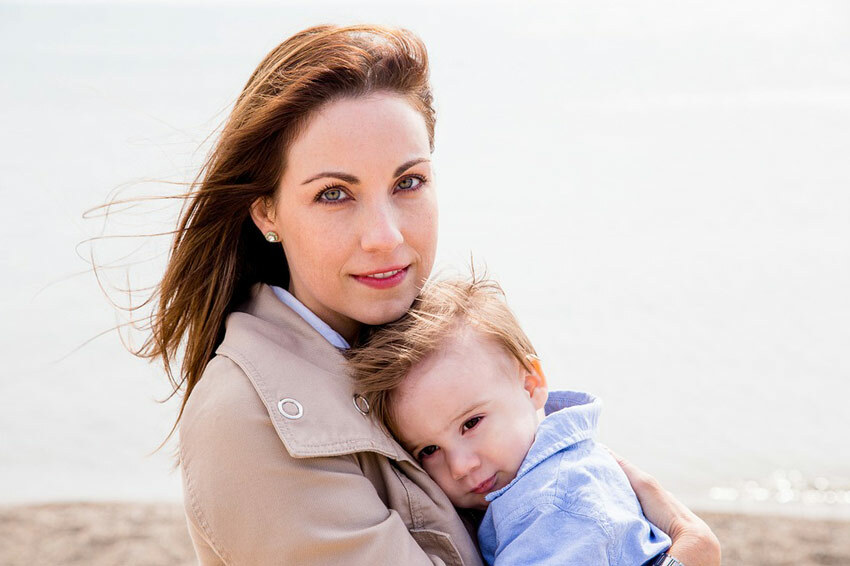 Before describing the symptoms, it should be noted that JRA( or as it is now called chronic rheumatoid arthritis) proceeds in the form of an articular form when joints are affected, and in the visceral-articular form, whenIn the process, other internal organs are involved.
Before describing the symptoms, it should be noted that JRA( or as it is now called chronic rheumatoid arthritis) proceeds in the form of an articular form when joints are affected, and in the visceral-articular form, whenIn the process, other internal organs are involved.
Downstream, the disease is divided:
- into acute;
- subacute;
- and chronic.
Depending on the form of the disease, the clinical picture changes.
In the case of viscera-articular form, the signs of general intoxication of the body appear, which are characterized by fever, general weakness, refusal to eat, decreased activity of the baby, and lymph nodes increase. And against the background of such symptoms, the child begins to complain of pain in the joints.
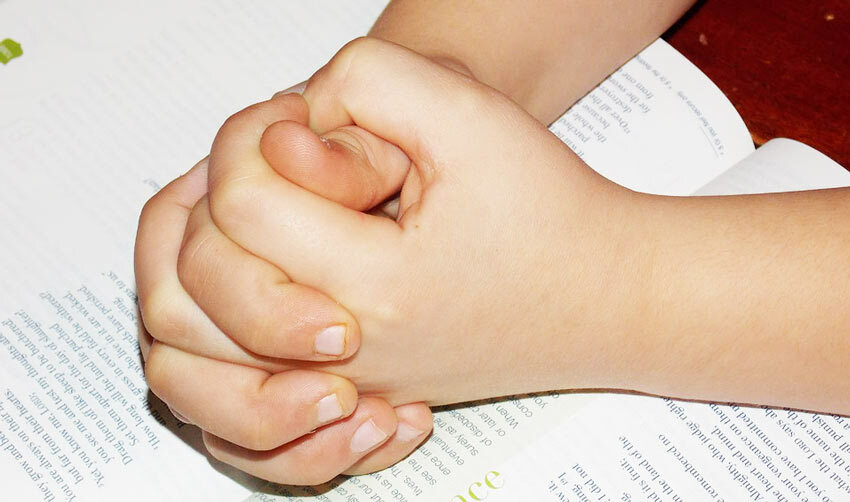 With articular form, the activity of the process is not so aggressive and immediately characterized by a violation of joint function, in the future the process can affect other organs and systems. Common and basic in this disease of different ages is the development of arthritis. The process develops gradually, may not be accompanied by an increase in temperature, lymph nodes are not changed.
With articular form, the activity of the process is not so aggressive and immediately characterized by a violation of joint function, in the future the process can affect other organs and systems. Common and basic in this disease of different ages is the development of arthritis. The process develops gradually, may not be accompanied by an increase in temperature, lymph nodes are not changed.
Large joints are affected most often, symmetrically. But depending on the aggressiveness of the process and the work of the immune system, inflammation can spread to small joints.
The main clinical aspect is the fact that in the morning hours after awakening there is a certain stiffness in the joint movements. Objectively, parents begin to notice that in the first half the child walks slowly, can limp and gradually pass these complaints by lunchtime.
Because the disease can develop at any age, children who are not actively talking yet will not complain, and you can only suspect the damage of joints by observing their movements and actions. 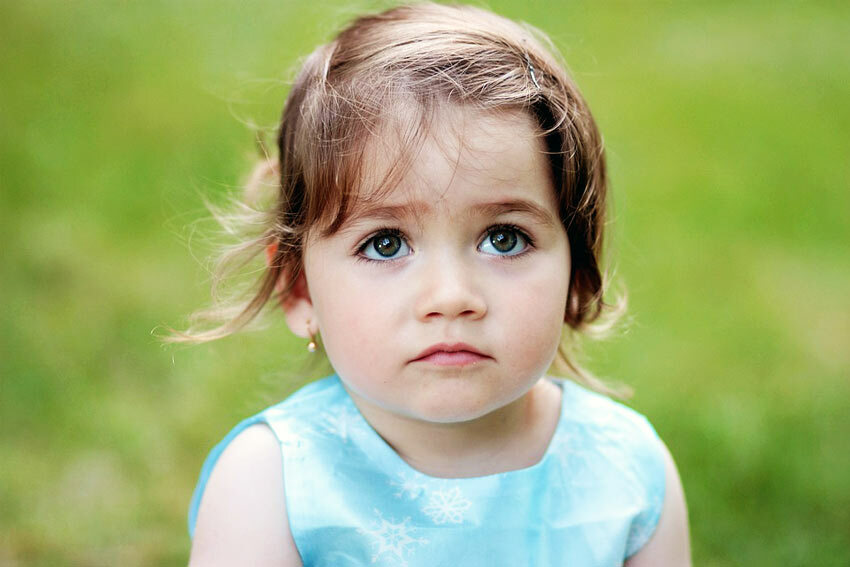
Most of all, large joints( knee, ankle) are affected. When you involve small hands in the process of hand brushes, parents can notice that the child has stopped playing constructors, drawing, sculpting, dressing. When the small joints of the feet are damaged, the baby refuses to put on shoes. Rheumatoid arthritis in a child in 2 years can be characterized by a refusal to walk. At the same time the child cries and constantly sits and can not step on his foot.
Additionally, the patient has swelling of soft tissues in the area of the affected joint. The pain increases if you touch the joint a little. The onset of rheumatoid arthritis in a 3-year-old child is characterized by the fact that the patient refuses to ride a bicycle or scooter, with longer walks more actively complains of pains in the joints or muscles.
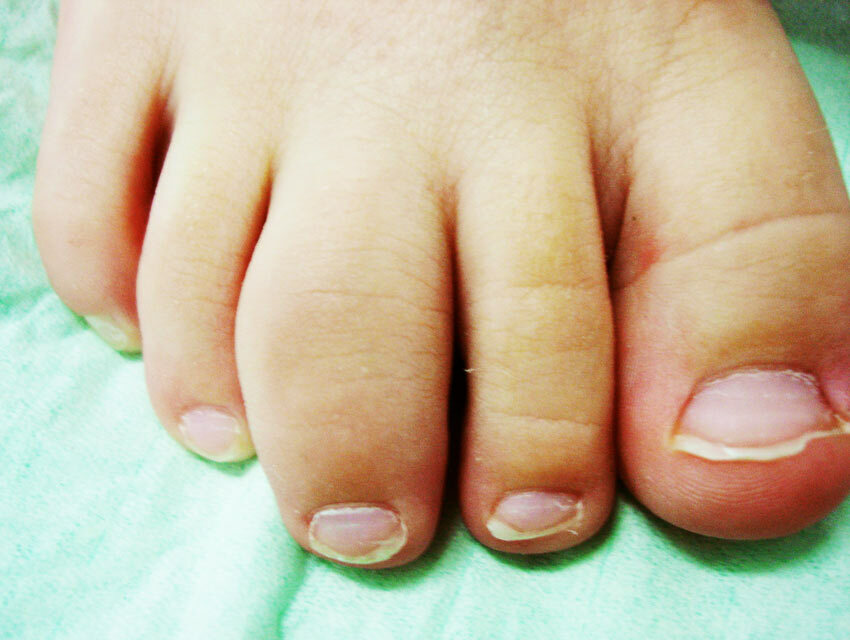 The articular form of rheumatoid arthritis is considered more favorable, despite the fact that over time the disease leads to changes in the shape of the joint and the development of disability. The disease with this form is not as aggressive as in the viscero-articular. The disease begins to develop with the defeat of one joint. After a while, the opposite joint is also involved, this is another feature of this form, the symmetrical joints are affected.
The articular form of rheumatoid arthritis is considered more favorable, despite the fact that over time the disease leads to changes in the shape of the joint and the development of disability. The disease with this form is not as aggressive as in the viscero-articular. The disease begins to develop with the defeat of one joint. After a while, the opposite joint is also involved, this is another feature of this form, the symmetrical joints are affected.
One of the most important and formidable symptoms in this form is eye damage. Developing uveitis, the process can result in loss of vision. Despite this, this form is the most benign, since it can occur for years with periods of exacerbation and remission.
Visceral-articular form of the disease is marked by a sharp onset of the disease. Against the background of general intoxication, it is not immediately possible to determine the first symptoms of joint damage. The severity of this form is due to the fact that not only the joints but also other organs such as the heart, kidneys, lungs are involved in the disease.
With this form of disease, the cervical spine is affected. There is a restriction not only active, but also in passive actions. Not always, but there may be allergic rashes on the sides of the joints, on the thigh.
Methods for diagnosing the disease
 In order to correctly and reliably diagnose juvenile rheumatoid arthritis in children it is necessary:
In order to correctly and reliably diagnose juvenile rheumatoid arthritis in children it is necessary:
- carefully to collect anamnesis;
- to conduct laboratory research methods;
- perform ultrasound;
- to make x-rays of the joints;
- computed tomography;
- carrying out additional instrumental examinations( electrocardiogram, examination of the fundus and others).
In most cases, rheumatoid arthritis in children 2 and 3 years of age is diagnosed with ultrasound. This method allows you to confirm or refute the disease immediately on a primary examination, which contributes to the prompt appointment of specific therapy. Laboratory methods include conducting a clinical blood test, identifying all key indicators, a biochemical study that determines the presence of rheumatoid factor, ASLO, C-reactive protein.
X-ray examination shows changes in the articular surfaces of bones, signs of osteoporosis. If necessary, resort to such manipulation as puncture of the joint, to collect the synovial fluid, which is also examined for inflammation.
Treatment of juvenile rheumatoid arthritis in children
 Treatment of the disease should begin immediately after diagnosis. Rheumatoid arthritis in a child should be treated under the supervision of the parents. Since the success of an event depends on many factors. The main goal of the treatment:
Treatment of the disease should begin immediately after diagnosis. Rheumatoid arthritis in a child should be treated under the supervision of the parents. Since the success of an event depends on many factors. The main goal of the treatment:
- prevention of disability and other complications;
- preserving the full mobility of joints;
- removal of an active inflammatory process;
- improving the quality of life of the patient.
We must not forget that the treatment of such a disease can last a fairly long period of time. This is due to the fact that the abatement of the activity of the process completely depends on the individual characteristics of the child's organism.
The treatment that the baby receives should include the following aspects:
- preservation of bed and half-bed regimen, it depends on the severity of the condition in the acute period;
- receiving adequate medication;
- physiotherapy treatment;
- a course of rehabilitation and restorative measures, which are aimed at the full restoration of joint mobility;
- disease prevention.
In the first days of the disease, when the pain syndrome is pronounced, it is necessary to ensure the child peace. If there are additional signs of intoxication with an increase in temperature, then antipyretic drugs and analgesics are used.
It is desirable to provide peace for a short period of time. If the child is active enough and can walk, then it is necessary to perform these simple actions, to prevent the development of contractures in the inflamed joint. We must exclude running, jumping, falling.
Drug therapy for the direction of lifting the inflammatory process, non-steroidal anti-inflammatory drugs are prescribed, in more severe cases, hormones. The main component in the treatment of this disease is the use of immunosuppressors. These are drugs that reduce the activity of the immune system against their own cells.
Therapy with these medications is long, even in the period of remission the patient needs to take them, in order to reduce the probability of exacerbation of the disease. We must not forget that the treatment can include not only tablets, but also necessary ointments, creams, gels, which are applied to the affected joints.
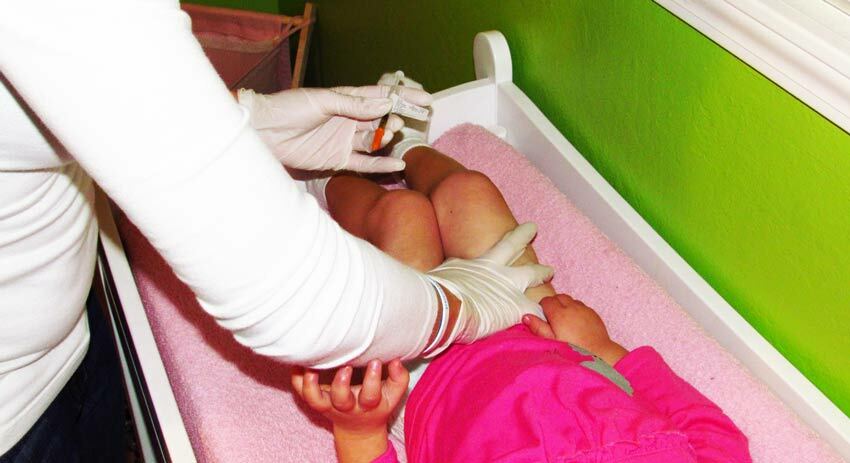 In situations where the inflammation in the joint is not removed or is very aggressive resort to such a method of treatment as the introduction of drugs into the joint, that is, perform an articular puncture. It is necessary to monitor the general well-being of the patient. Any therapy is carried out according to the doctor's prescription, self-medication is not permissible. If the treatment of the disease is not started right away or is not carried out in full, then the exacerbation of the disease will occur more often, and the consequences will be more serious.
In situations where the inflammation in the joint is not removed or is very aggressive resort to such a method of treatment as the introduction of drugs into the joint, that is, perform an articular puncture. It is necessary to monitor the general well-being of the patient. Any therapy is carried out according to the doctor's prescription, self-medication is not permissible. If the treatment of the disease is not started right away or is not carried out in full, then the exacerbation of the disease will occur more often, and the consequences will be more serious.
Physiotherapy begins at later stages of treatment. Children have such procedures:
- as treatment with mud;
- phototherapy;
- pulse currents;
- paraffin;
- electrophoresis with medicinal products.
What kind of therapy should be prescribed to the patient is decided by the doctor, since this depends on the age of the child, the stage of the disease and the effectiveness of the treatment. Are there any additional contraindications from the internal organs.
Restoration and rehabilitation in children with rheumatoid arthritis
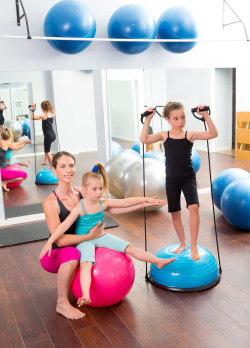 Against the background of the main drug therapy, when active inflammation is removed, patients are sent to rehabilitation therapy. Its main task is to keep mobility in the joint, not to allow the formation of contractures and deformation. Restorative therapy includes the following:
Against the background of the main drug therapy, when active inflammation is removed, patients are sent to rehabilitation therapy. Its main task is to keep mobility in the joint, not to allow the formation of contractures and deformation. Restorative therapy includes the following:
- massage;
- curative physical education;
- compliance with the diet;
- treatment in a sanatorium.
Massage and physiotherapy exercises are prescribed by a physician as a rehabilitator. This is necessary for the doctor to indicate the load that can be given to the child, how long it takes to occupy. Recovery always begins with light exercises, with good portability tasks are complicated.
When performing exercise therapy, balls, skipping ropes, dumbbells, bowls, sticks can be used. Treadmills with special holders, allow the child to model the mechanisms of physiological walking, thereby developing joints.
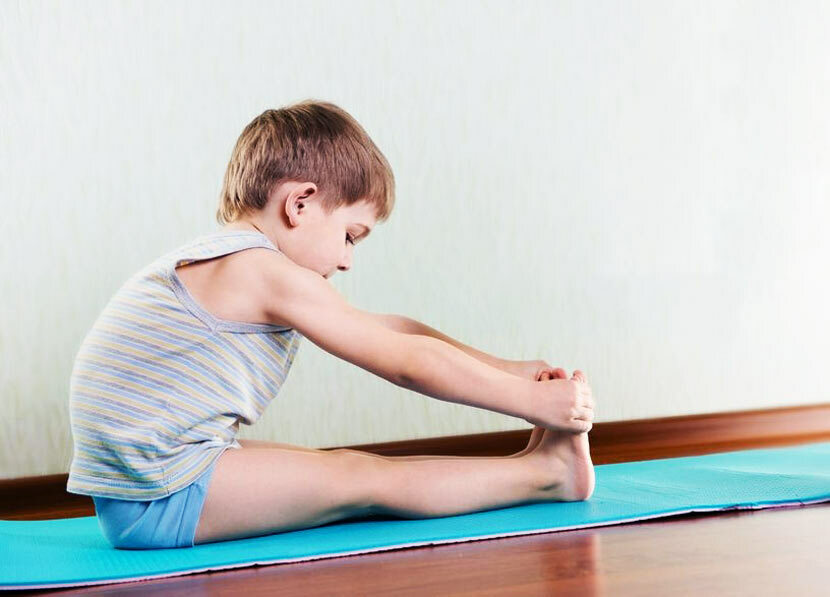 Carrying out all the recommendations of a rehabilitation physician, the normal work of not only the joint itself but also the surrounding muscles and ligaments is restored. Gymnastics, which is conducted with the child, helps to strengthen the muscular frame of the joint.
Carrying out all the recommendations of a rehabilitation physician, the normal work of not only the joint itself but also the surrounding muscles and ligaments is restored. Gymnastics, which is conducted with the child, helps to strengthen the muscular frame of the joint.
This contributes to the improvement of local circulation, which in turn increases the protective properties of the body. Parents and children should understand and do not forget that during the period of remission, general restorative activities should be conducted continuously.
The prognosis of the disease in a child is quite favorable, if the treatment was started during and was carried out in full. Since this condition is chronic, the main goal of parents is not to allow frequent exacerbations. In more aggressive forms of juvenile rheumatoid arthritis in children there is a gradual disability of the patient, which reduces the quality of human life.

